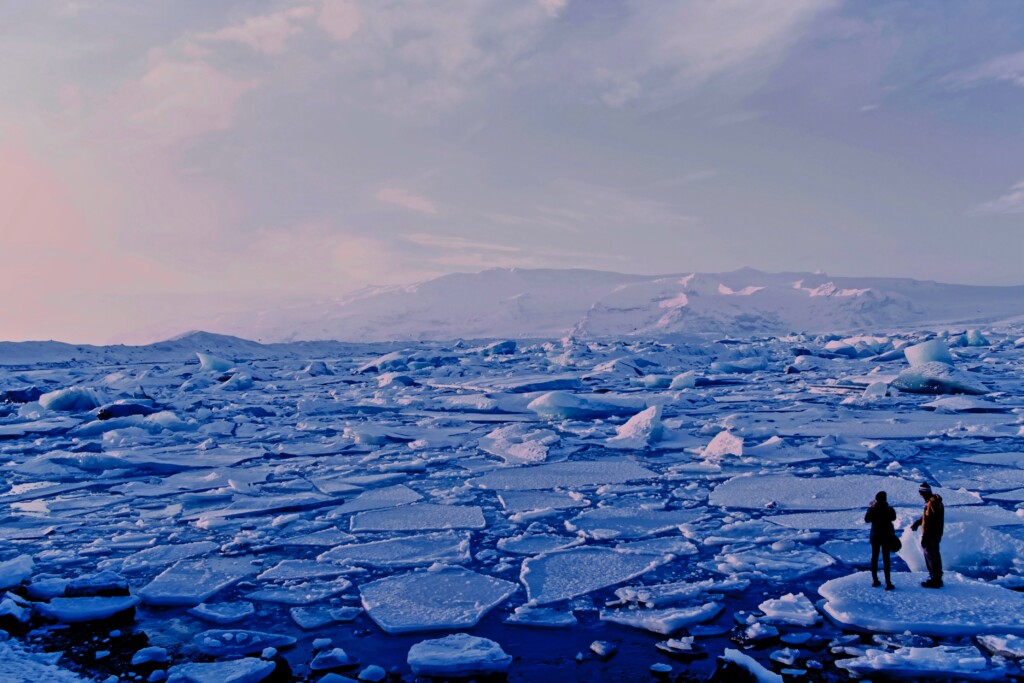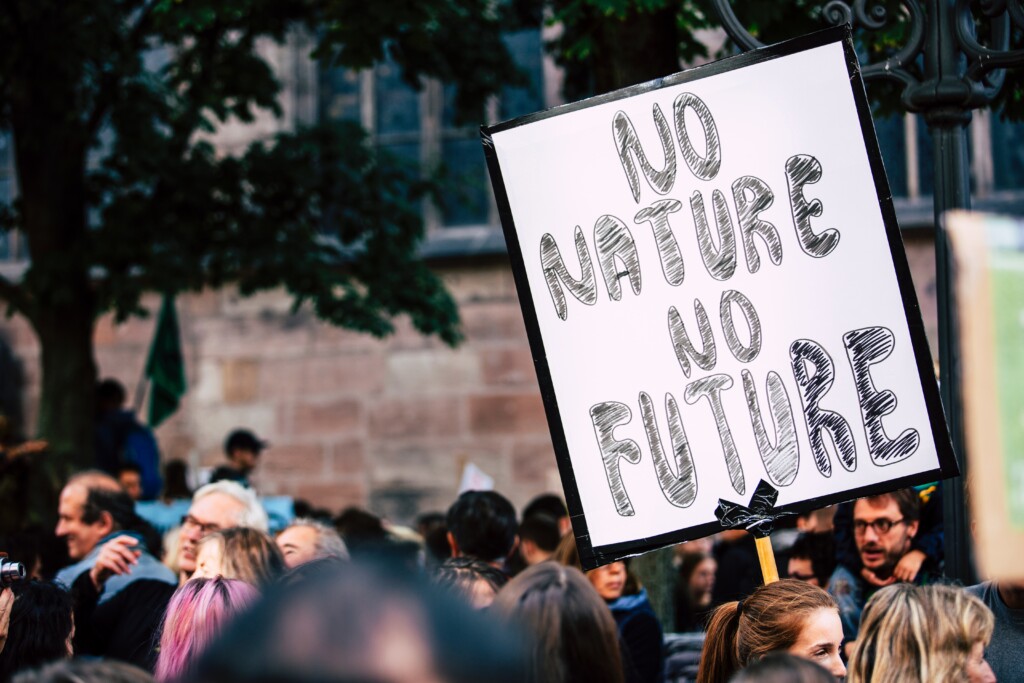The Earth is what we all have in common.
– Wendell Berry
Climate change is a global issue that affects every country and every person on the planet. It is a complex and multifaceted problem that requires a coordinated effort from governments, businesses, and individuals to address.Climate change refers to the long-term changes in the Earth’s climate, including changes in temperature, precipitation, and weather patterns. These changes are primarily caused by human activities, such as burning fossil fuels and deforestation, which release large amounts of greenhouse gases into the atmosphere.Greenhouse gases, such as carbon dioxide, methane, and nitrous oxide, trap heat in the Earth’s atmosphere and contribute to the warming of the planet. This warming can lead to a range of impacts, including more frequent and severe heatwaves, droughts, floods, and storms, as well as rising sea levels and ocean acidification.
Despite the challenges posed by climate change, there is reason for hope. Many countries and companies are taking action to reduce their greenhouse gas emissions and transition to a low-carbon economy. Renewable energy sources, such as wind and solar power, are becoming increasingly cost-competitive and are rapidly expanding around the world.However, there is still much work to be done to address the impacts of climate change and prevent further warming of the planet. It is important for individuals to educate themselves about the issue and take action to reduce their own carbon footprint, such as by using public transportation, reducing meat consumption, and supporting policies that promote sustainability.

Global temperature trends show that the Earth’s average temperature has increased by about 1.1 degrees Celsius since the pre-industrial era. This may not seem like a significant increase, but it has already caused noticeable changes in the climate, such as more frequent and severe heatwaves, droughts, and extreme weather events.Moreover, the rate of temperature increase is accelerating. The past decade (2011-2020) was the hottest on record, and each of the past four decades has been warmer than the previous one. 2016 was the warmest year on record, followed by 2019 and 2020. This trend is projected to continue unless significant action is taken to reduce greenhouse gas emissions.It’s worth noting that the temperature increase is not uniform across the globe.
Some regions, such as the Arctic, are warming at a much faster rate than others. This has led to the melting of ice caps and glaciers, rising sea levels, and changes in ocean currents, which can have far-reaching impacts on ecosystems and human societies. The global sea level has risen by about 8 inches since 1880 and is projected to rise another 1 to 4 feet by 2100. Overall, the current global temperature trends indicate that climate change is a pressing issue that requires urgent attention and action from individuals, governments, and businesses alike. By reducing our carbon footprint and transitioning to cleaner energy sources, we can help mitigate the worst effects of climate change and create a more sustainable future for ourselves and future generations.

Climate change and global warming are often used interchangeably, but they actually refer to different things. Global warming refers specifically to the increase in the Earth’s average surface temperature, while climate change encompasses a broader range of phenomena, including changes in precipitation patterns, sea level rise, and more frequent extreme weather events. While global warming is a key driver of climate change, it is just one piece of the puzzle. It’s important to understand the distinction between these two terms in order to fully grasp the complexity of the issue.One of the key ways in which climate change is impacting the planet is through the melting of glaciers and ice caps. The Arctic sea ice extent is declining at a rate of 12.8 percent per decade. As these frozen water sources melt, they contribute to rising sea levels, which in turn can lead to flooding and erosion of coastal areas. In addition, the loss of ice cover in the Arctic is having a significant impact on the region’s ecosystems, with some species struggling to adapt to the changing conditions.
Another important aspect of climate change is the impact it is having on weather patterns.The frequency and intensity of extreme weather events, such as heatwaves, droughts, and hurricanes, have increased in recent decades. These events can have devastating consequences for communities around the world, leading to loss of life, property damage, and economic disruption.Despite the severity of the challenges posed by climate change, there are reasons for hope. In recent years, there has been a growing awareness of the issue, and many countries and companies are taking steps to reduce their carbon footprint and transition to cleaner forms of energy. While there is still much work to be done, these efforts offer a glimmer of hope that we can mitigate the worst impacts of climate change and build a more sustainable future for ourselves and future generations.
International policies play a crucial role in fighting climate change. The Paris Agreement, for instance, is a landmark international treaty that aims to limit global warming to well below 2 degrees Celsius above pre-industrial levels. As of 2021, 189 countries have ratified the agreement, demonstrating a global commitment to reducing greenhouse gas emissions.Another international policy that has been effective in fighting climate change is the Montreal Protocol. This treaty, signed in 1987, aims to protect the ozone layer by phasing out the production and consumption of ozone-depleting substances. The protocol has been successful in reducing the use of these substances, which has also led to a reduction in greenhouse gas emissions. Statistics can provide insight into the effectiveness of international policies in fighting climate change. For example, data from the United Nations Framework Convention on Climate Change shows that global greenhouse gas emissions have continued to increase since the Paris Agreement was signed in 2015. However, countries that have implemented policies to reduce emissions, such as the European Union, have seen a decrease in emissions over the same period. The UNFCCC has been ratified by 197 countries and aims to stabilize greenhouse gas concentrations in the atmosphere at a level that would prevent dangerous anthropogenic interference with the climate system. Additionally, a study by the Global Commission on the Economy and Climate found that investing in low-carbon infrastructure could generate economic benefits of up to $26 trillion by 2030. This highlights the potential for international policies that promote sustainable development to not only mitigate climate change but also drive economic growth.
The Paris Agreement is a global effort to combat climate change by reducing greenhouse gas emissions. One relevant statistic is that as of 2023 , 194 Partiescountries have signed the agreement, representing over 80% of global emissions. This demonstrates a widespread recognition of the urgency of the issue and a commitment to taking action.The Paris Agreement also includes a mechanism for countries to regularly report on their progress in reducing emissions and implementing their climate plans. This transparency and accountability is important for ensuring that countries are following through on their commitments and making meaningful progress towards the goals of the agreement.However, some critics argue that the Paris Agreement does not go far enough in addressing the scale of the climate crisis. For example, the current pledges made by countries are not sufficient to meet the temperature goals of the agreement, and there are no penalties for countries that fail to meet their commitments. These are important considerations when assessing the effectiveness of the Paris Agreement.
Climate change has significant economic costs, which can be seen in the damage caused by extreme weather events such as hurricanes, floods, and droughts. According to the National Oceanic and Atmospheric Administration (NOAA), the United States has experienced 22 weather and climate disasters that have each caused over $1 billion in damages in 2020 alone. In addition to the immediate costs of these disasters, climate change also has long-term economic impacts. For example, rising sea levels and increased flooding can damage infrastructure, homes, and businesses, leading to costly repairs and lost productivity. The World Bank estimates that climate change could cause global GDP to decline by 1.6% by 2030.The economic costs of climate change are not limited to physical damages and lost productivity.
Climate change can also have indirect economic impacts, such as increased healthcare costs due to air pollution and the spread of disease. The World Health Organization estimates that climate change will cause an additional 250,000 deaths per year between 2030 and 2050 due to malnutrition, malaria, diarrhea, and heat stress. Furthermore, climate change can also lead to economic inequality, as low-income communities and developing countries are often the most vulnerable to its impacts. According to the United Nations, climate change could push an additional 100 million people into extreme poverty by 2030. The United Nations Framework Convention on Climate Change (UNFCCC) estimates that the cost of adapting to the effects of climate change in developing countries could be between $70 billion and $100 billion per year by 2050. This includes investments in infrastructure, agriculture, and healthcare to mitigate the impact of climate change.
Overall, the economic costs of climate change are significant and wide-ranging, affecting everything from infrastructure to healthcare to poverty levels. It is important for individuals, businesses, and governments to take action to mitigate these costs and address the root causes of climate change.
Despite these alarming statistics, there is still hope for the future. Reducing greenhouse gas emissions is a critical first step. According to the Environmental Protection Agency (EPA), the energy sector is the largest contributor to greenhouse gas emissions. In 2020, the Intergovernmental Panel on Climate Change (IPCC) estimated that the remaining carbon budget stood at approximately 500 gigatonnes of carbon dioxide. However, by the beginning of 2023, this number had been halved to around 250 gigatonnes of carbon dioxide . A focused transition to clean energy technologies like wind and solar power has the potential to drastically reduce these emissions. The International Renewable Energy Agency (IRENA) estimates that global CO2 emissions could be reduced by up to 70% by 2050 if we accelerate the deployment of renewable energy and energy efficiency measures.
The transition to renewable energy is not only environmentally beneficial but increasingly economical. The International Energy Agency (IEA) reports that the cost of solar energy has plummeted by about 82% since 2010. Countries like Germany are leading the way, aiming to produce 80% of their electricity from renewable sources by 2030. This presents a compelling case for other nations to follow suit.
Another crucial aspect of this fight is sustainable land use. According to the Food and Agriculture Organization (FAO), agriculture accounts for approximately 24% of global greenhouse gas emissions. Implementing sustainable agriculture and forestry practices can significantly mitigate these emissions. Practices like reforestation and afforestation can serve as carbon sinks, actively pulling carbon dioxide out of the atmosphere. For example, Brazil has committed to restoring 12 million hectares of forest by 2030 as a part of its national climate action plan.

Ultimately, innovative solutions like Carbon Capture and Storage (CCS) technologies offer additional avenues for mitigating climate change. The Global CCS Institute reports that this technology has the potential to capture up to 90% of the carbon dioxide emissions produced from the use of fossil fuels. Though still in its early stages, CCS could play a crucial role in future climate strategies.
To sum up, both individual and collective efforts are essential to heed the IPCC’s guidelines for limiting global warming to 1.5 degrees Celsius above pre-industrial levels. The statistics and evidence make it clear that the time for action is now, as we strive to secure a sustainable future for our planet. Public consciousness regarding climate change is also gaining momentum, empowering individuals to make environmentally conscious decisions in their daily lives. It is up to us to take action and make the necessary changes to ensure a sustainable future for our planet.
Stay a while and read more posts like this
Let’s devote a few minutes to envision our world in 2100. It’s quite a thought experiment, given the dramatic transformations our planet has experienced in...
With climate change looming large, the world is embarking on a quest for solutions to heal our ailing planet. Solar geoengineering emerges as a burgeoning field,...
Taking on parenthood comes with unique choices that factor in more than just our family’s immediate needs. For modern parents, who are not just guardians of...